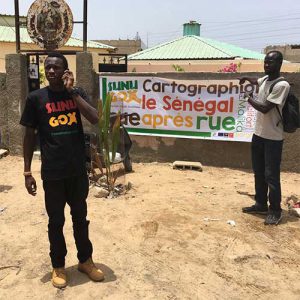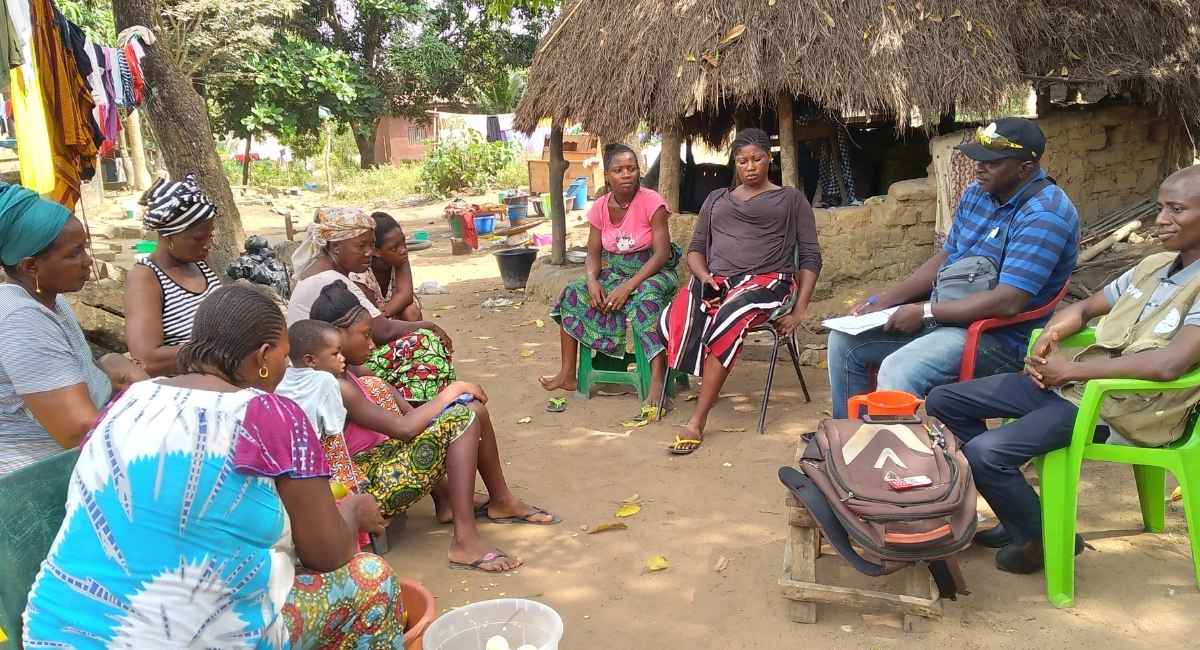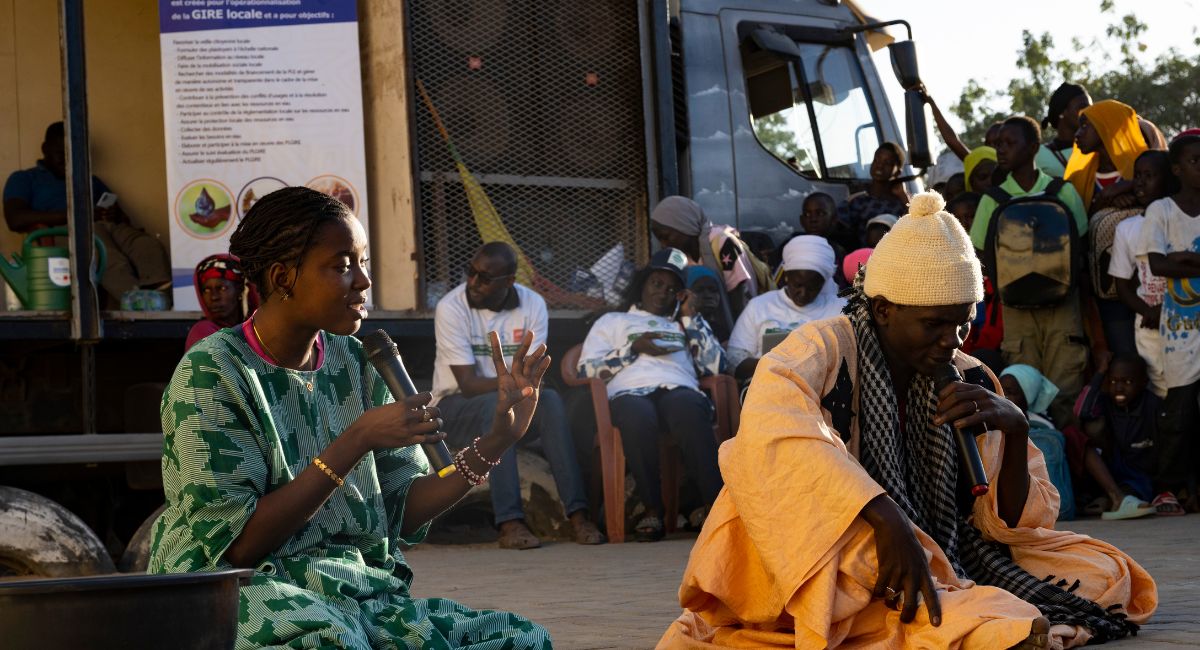Article initially published in the AdP-Villes en développement newsletter, n°112, October 2019 – see the entire newsletter here (in French only).
By collaborating with a Senegalese citizens’ collective, a peaceful protest movement, GRET mobilised young people in Dakar around public space projects (in French only). Urban cultures were a driving force in this involvement. Émilie Barrau, GRET’s representative in Senegal, tells us how.
Sunu Gox has two meanings in Wolof: “our locality” and “our community”. It is also the name and slogan of the project implemented by GRET and the Y en marre movement, funded by the European Union from 2016 to mid-2019. The project aimed to strengthen the involvement of young people from the Dakar suburbs in public action (“the community”) via their mobilisation in the “locality”. The object was to conduct projects by and for young people to improve the living environment, enhance public spaces, raise awareness on the environment, etc.
The central idea was to draw on young people’s favourite modes of expression – internet, social media, urban cultures (street art, hip-hop) – to involve them in the project. The objective was also to showcase their involvement in the city. Young people carried out collaborative digital mapping of their neighbourhood, with support from the OpenStreetMap movement and Libres Géographes. In this way, these territories on the outskirts are now recognised on maps of Dakar, via online maps, that are accessible and can be updated on a smartphone.
Street artists who are popular among young suburban people participated in the embellishment of public areas and in the legitimisation and integration of young people in this public spaces. Hip-hop musicians participated regularly during awareness-raising events, and produced a clip on the issues of keeping neighbourhoods clean.
Hip-hop as a means of recognition in the public space
Through these projects, young people in Dakar are getting involved in collective action. Their cultural references (street art, hip-hop, etc.) are highlighted in the urban space: they are becoming stakeholders and producers in their own territory.
These actions were conducted jointly with local authorities. With collaboration from representative associations and the Y en a marre movement, they made it possible to strengthen dialogue between young people and local elected representatives, which was initially slowed down by mutual reticence. On the one hand, courtesy visits to local and traditional authorities (imams, neighbourhood chiefs…) were paid by the leaders of Y en a marre from the outset of the project. On the other, the authorities became involved in the entire selection process for the initiatives. These cross-sectoral initiatives improved mutual knowledge and strengthened the desire to work together at local level. At national level however, Y en a marre and young people in the suburbs are still perceived as stakeholders in protest…
From local involvement to national mobilisation
At national level, Y en a marre, in its strategy to promote the “New Type of Senegalese Person”, is proving demanding vis-a-vis the government. As part of its civic practices, the movement facilitated collective reflection via social media on the role of young people in governance and public action. The mobilisation of Y en a marre, one of the rare Senegalese movements to channel the voice of young suburban people, makes it possible at last to relay their opinions at national level.
The twenty or so projects supported by Sunu Gox is a strong example and makes it possible to highlight the role of young people in the city. Nevertheless, Sunu Gox has not led to a significant transformation of the urban environment, as actions were too scattered to be structural. The dynamic is not sufficient to neutralise the impression of urban, economic, social and political relegation felt by young people in Dakar, who represent the majority age group in the capital. These initiatives, which contribute to constructing the city from the bottom up, are as yet experimental in scale. But they are all avenues for potential contribution to recognition of young people’s investment in the public sphere.






